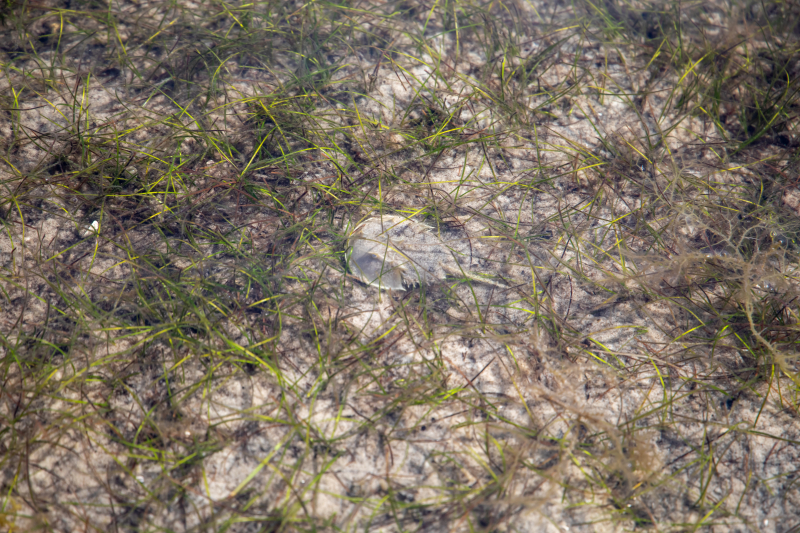Horseshoe Crab Blood
Horseshoe crabs are typically disregarded because they resemble ancient fossils. Since they aren't truly crabs, they aren't threatening and don't even have claws. Although it happens sometimes, there are some regions of the world where crab eggs are consumed. A horseshoe crab's blood is its main selling factor in the eyes of humans.
Horseshoe crab blood, which is vivid blue in color and has some surprising medicinal benefits, has become highly sought-after, with prices reaching $60,000 per gallon, particularly during the race to develop a coronavirus vaccine.
The presence of a substance known as limulus amebocyte lysate, or LAL, makes blood so important. This substance enables scientists to determine whether a vaccine has been contaminated by microorganisms. LAL prevents the transmission and infection of bacteria by encasing it in a gelatinous material. That indicates that the trial-and-error method of earlier vaccination development, in which researchers would repeatedly inject rabbits and watch for results, was abandoned.
Because some data suggests that crab hunting is not as safe for the crabs as medical science wants people to believe and because the quantity of crabs in the wild is declining, efforts have been made to artificially manufacture LAL.
- Cost: $60,000 per gallon











